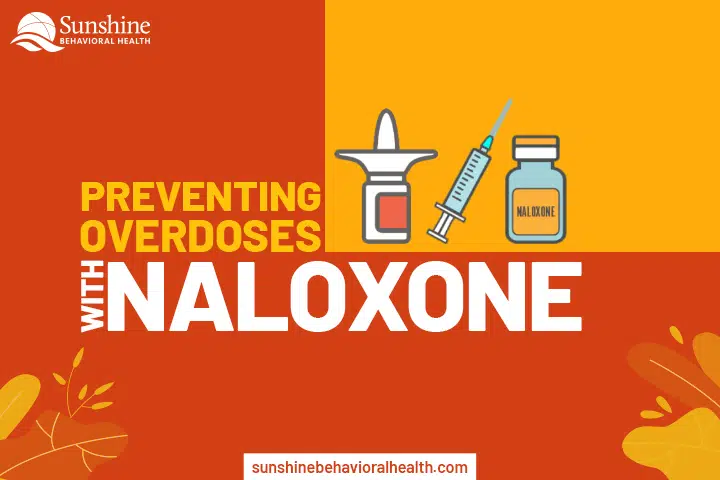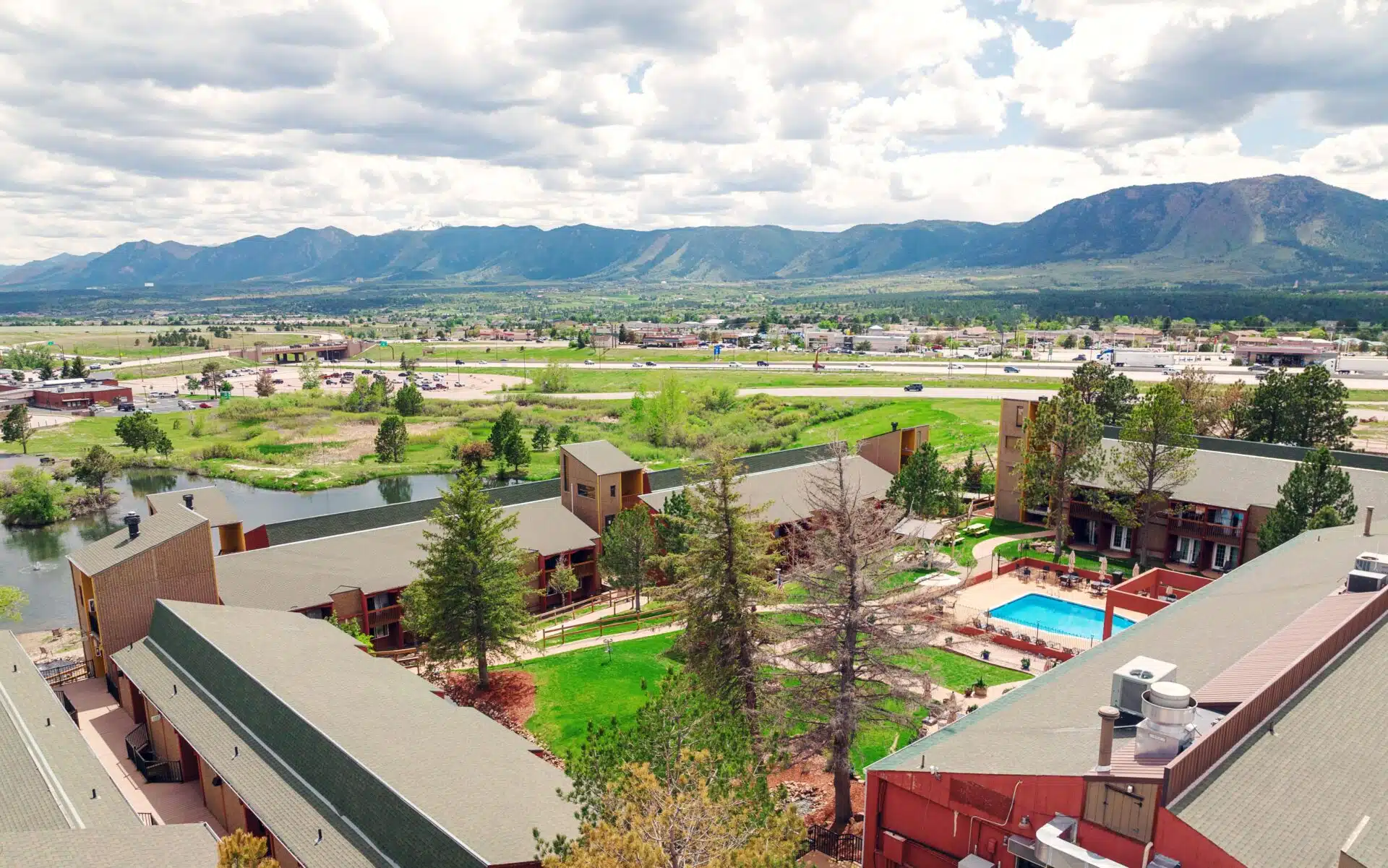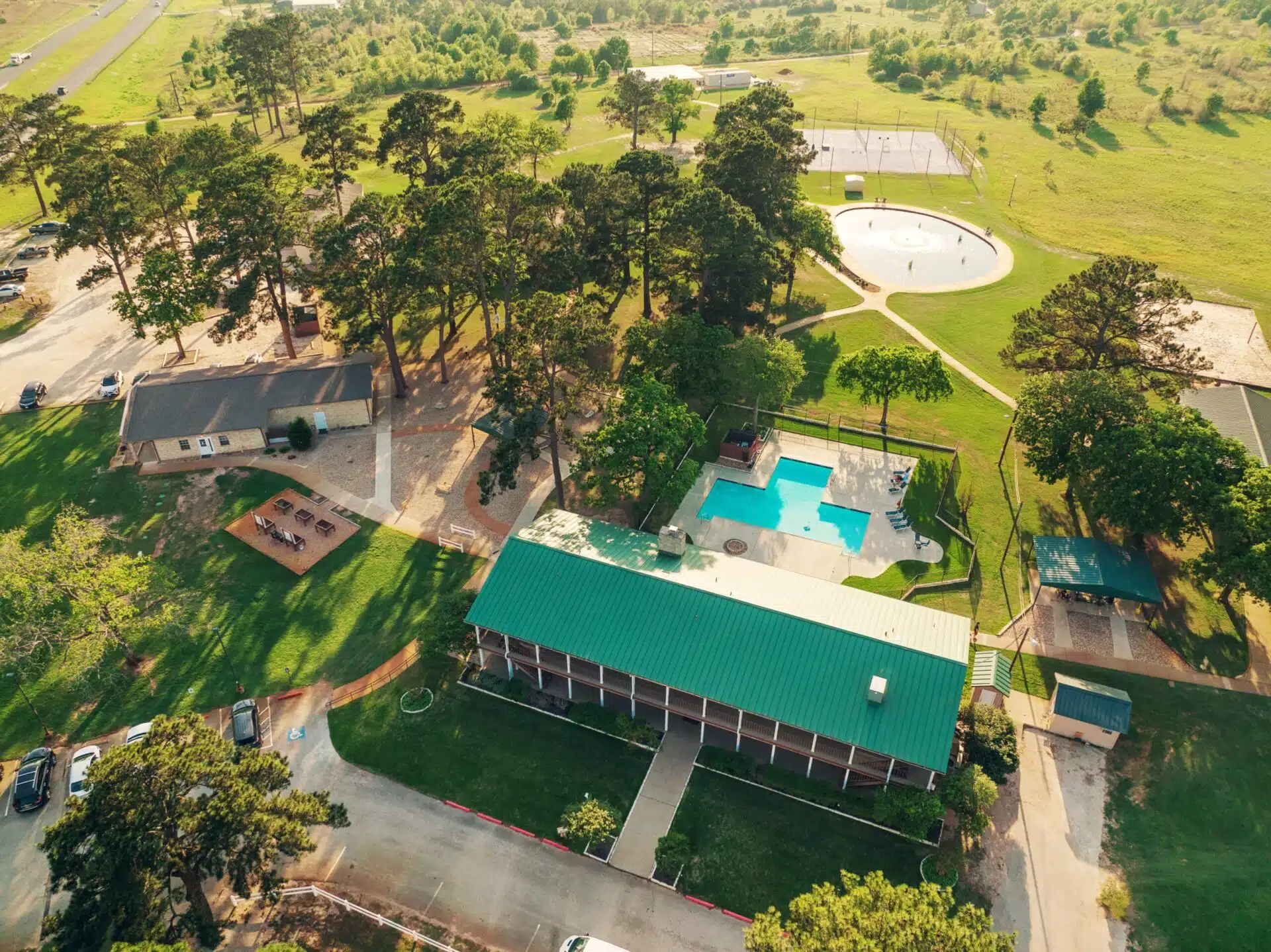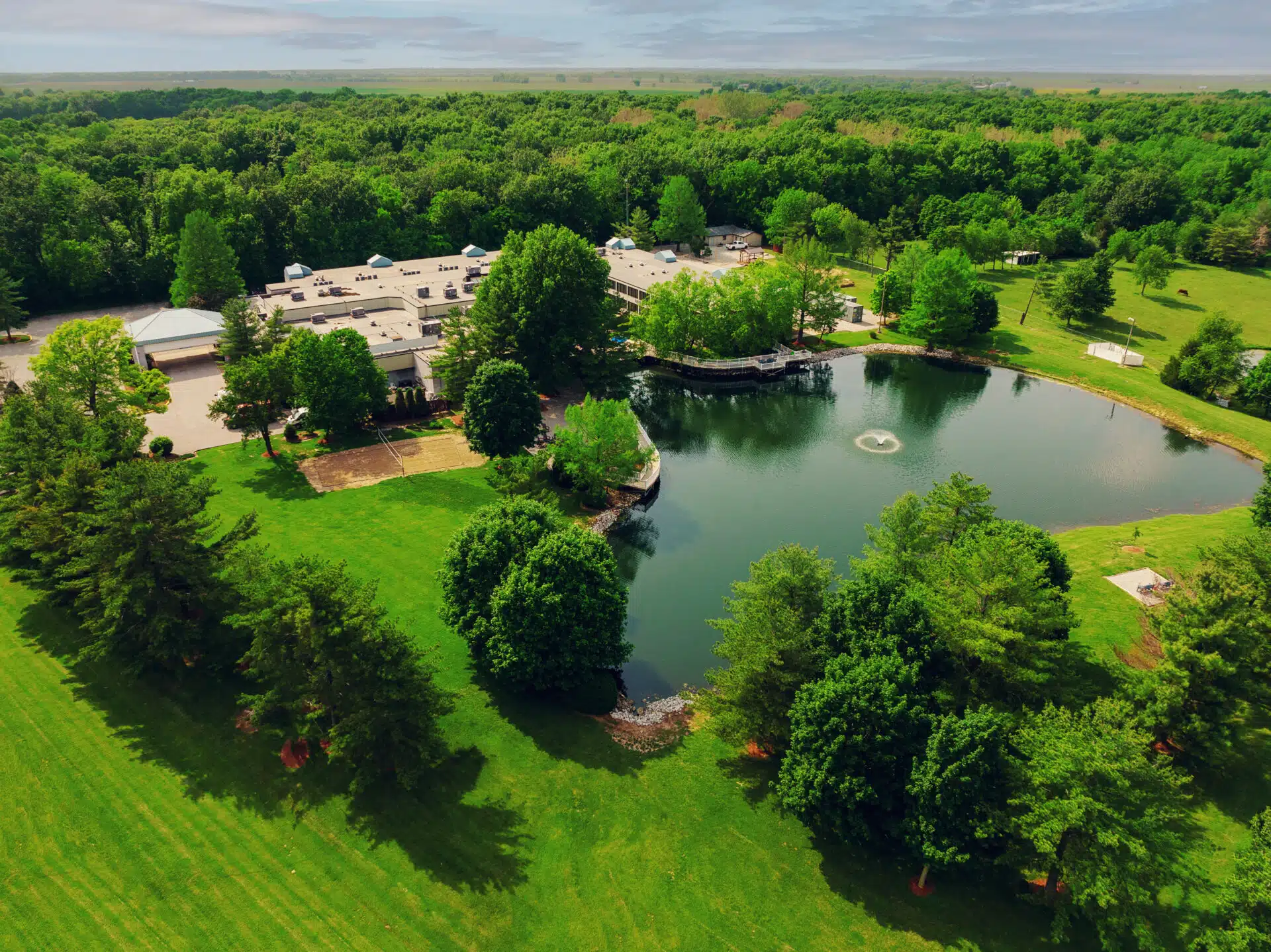
Preventing Overdoses with Naloxone (Narcan)
Recovering from addiction can take many twists and turns, from a rock-bottom moment that sends a person checking into rehab to a loved ones’ urgent pleas to get help.
In September, we note that it’s National Recovery Month and National Suicide Prevention Awareness Month. Both observances touch on how substance abuse and mental disorders can affect people’s lives. Sometimes irreversibly. Especially through overdoses.
Nearly 841,000 people in the United States have died from drug overdoses since 1999.
In 2019:
- 70,630 died from drug overdoses.
- 49,860 died with opioids in their systems (accounting for 70.6% of all overdose fatalities).
- 72.9% of opioid-linked deaths involved synthetic opioids such as fentanyl.
When a person dies from a drug overdose, the medical examiner or coroner will record it as intentional (self-inflicted) or unintentional (accidental).
Whether an overdose is intentional or not, it still carries many risks.
Signs of an Opioid Overdose
U.S. opioid overdose deaths in 2020 reached an all-time high of 93,331. Unfortunately, some people couldn’t get the help they wanted or needed during pandemic shutdowns, while others relapsed.
Depression and anxiety stemming from isolation also contributed to some people’s mental health woes.
While prescriptions for opioids trended down in response to the outcry over the opioid epidemic, drug use never stopped. Instead, some simply opted for street drugs such as heroin or fentanyl-laced substances—the result: more overdose deaths.
Accordingly, it’s a good idea to be proactive and know the signs of an opioid overdose. They include:
- Pinpoint pupils
- Nodding off or losing consciousness
- Slowed, shallow, or no breathing
- Choking sounds
- Limpness
- Cold or clammy skin
- Discolored skin, especially on the face or extremities
If a person overdoses on opioids, call 911 without delay.
In Case of Overdose
There is a life-saving option to reverse an opioid overdose. Naloxone (brand name, Narcan) is a drug that can counteract heroin, fentanyl, or prescription opioids by blocking the effects of opioids.
People usually administer naloxone as a:
- Nasal spray, which is sprayed right into the nose.
- Auto-injector, which is injected into the outer thigh (similar to using an EpiPen).
Naloxone can restore a person’s breathing to normal, usually in under five minutes. However, sometimes more than one dose may be needed—particularly if extremely potent fentanyl is involved—because Narcan’s effects are temporary.
Because of naloxone’s temporary effects, people should:
- Keep the person awake.
- Make sure they are breathing.
- Lay them on their side to make sure they don’t choke.
- Do not leave until emergency help arrives.
Where to Find Naloxone
Advocacy groups continue to push making naloxone more readily available, even to be stored in the home medicine cabinets of people taking high-dose opioid prescriptions. That’s because four out of five overdose deaths occur inside a home.
Also, in nearly 40% of overdose deaths, someone else was around, which means having naloxone on hand can be life-saving.
Naloxone is available in all 50 U.S. states, and many pharmacies offer it without a prescription. Sometimes insurance copays cover it, but there are also community-based naloxone programs where people can obtain the drug.
Sources
sunshinebehavioralhealth.com – National Recovery Month: Powerful Mindsets to Keep You Sober
sunshinebehavioralhealth.com – National Suicide Prevention Awareness Month: Drugs, Alcohol, and Suicide
cdc.gov – Drug Overdose Deaths
reuters.com – U.S. Drug Overdose Deaths Rise 30% to Record During Pandemic
cdc.gov – Lifesaving Naloxone
naloxoneforall.org – Reversing an Opioid Overdose Is In Your Hands
A Message From Our CEO
Medical disclaimer:
Sunshine Behavioral Health strives to help people who are facing substance abuse, addiction, mental health disorders, or a combination of these conditions. It does this by providing compassionate care and evidence-based content that addresses health, treatment, and recovery.
Licensed medical professionals review material we publish on our site. The material is not a substitute for qualified medical diagnoses, treatment, or advice. It should not be used to replace the suggestions of your personal physician or other health care professionals.





